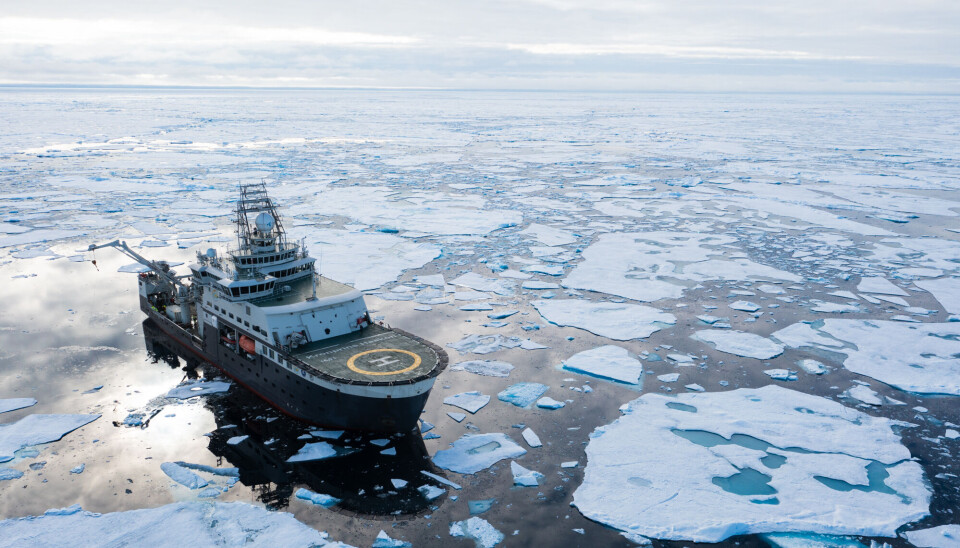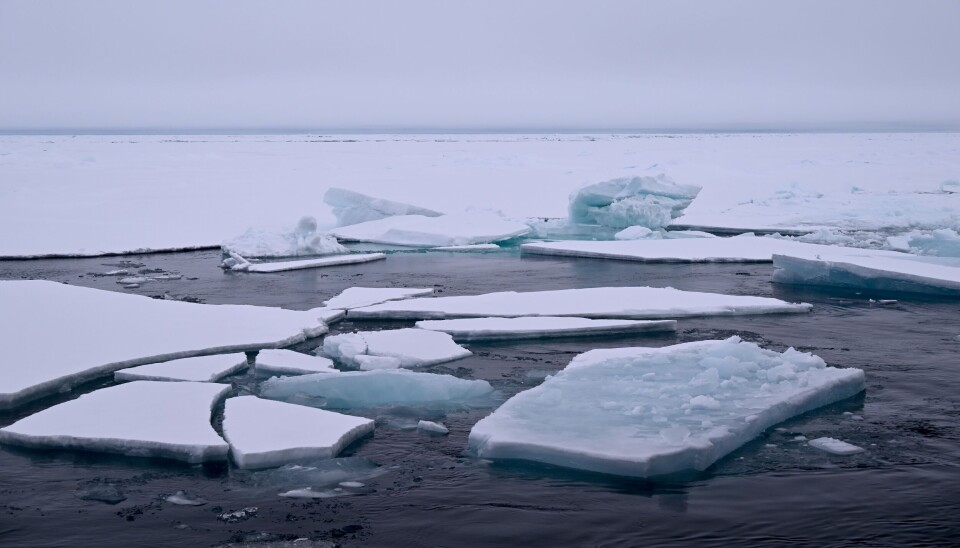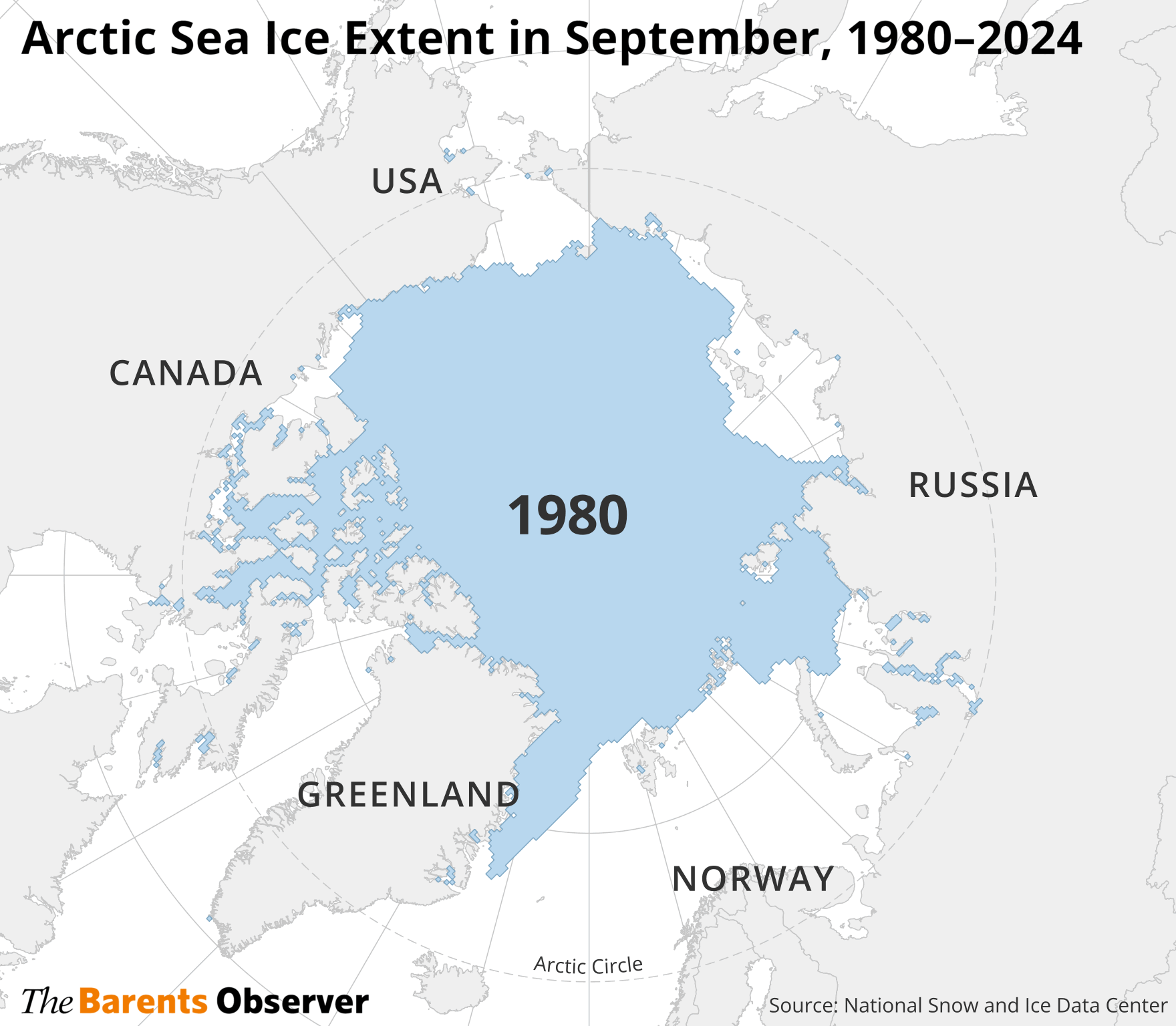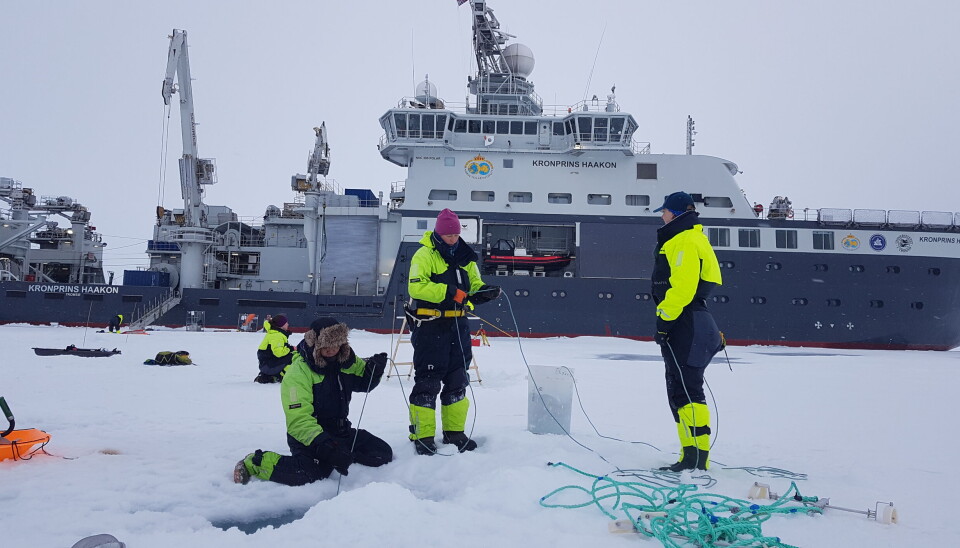
Norway steps up Arctic research as sea ice shrinks
As the sea ice slowly disappears, the Norwegian government is allocating an additional one billion kroner (about €85 million) to study the impacts of climate changes in the Arctic Ocean.
Science in the high Arctic is expensive and requires long-term commitments.
"Norway will continue to be one of the world's leading polar research nations," the Norwegian government affirms after announcing financing for the Polhavet 2050 project.
The 1-billion-Norwegian-kroner project aims to focus research on the Arctic Ocean for the ten-year period from 2026 to 2035. Eighteen Norwegian universities and institutes are involved in the project.
“There are major changes underway in the Arctic. This applies to everything from climate, oceans and nature, to defense and security. Therefore, it is important that Norway continues to be at the forefront when it comes to Arctic research”, Norwegian Prime Minister Jonas Gahr Støre is quoted as saying on the government website.

Since satellite observations began in the 1970s, the extent of sea ice has shrunk annually due to global warming.
"The Arctic is warming at roughly four times the rate of the rest of the globe," marine scientist Philipp Assmy of the Norwegian Polar Institute told the Barents Observer.
The melting of the sea ice exposes dark ocean water, which absorbs more sunlight, leading to further warming and more melting.
The Arctic Ocean will be ice-free in the summer by 2050,” the Norwegian government emphasises.

Marit Reigstad, professor from the Department of Arctic and marine biology at the UiT The Arctic University of Norway, told the Barents Observer that there is still expected to be winter ice at least to the end of this century:
"Different models suggest different years for the first ice-free summers, but agree that it will happen in not too long. We see that sea ice melting is already going faster than expected a decade ago", Reigstad said.
What could be the consequences of the ice-free Arctic Ocean?
As Marit Reigstad points out, there are many expected consequences based on knowledge, and a lot that is not known:
"Animals living on or within the sea ice their entire or part of their lives will lose their habitat, and new species presently living further south will be able to establish themselves. This changes the Arctic ecosystem, but we don’t know how," professor Reigstad told the Barents Observer.
A recent study highlighted the fact that enhanced sea-ice melting can significantly alter ocean circulation.
"Human activity will increase intensely with increased accessibility, and there will be a need for strong international cooperation, co-management, and regulations to minimize impact," Reigstad said.

What will the project entail?
The Polhavet 2050 project is aimed at mapping "the major changes that are now underway and modeling future climate change for the Arctic Ocean,” as highlighted on the project's website.
“We will map and clarify how this enables increased human presence and activity … A main goal is to clarify the consequences of not only climate change, but also of decisions that will apply to the use of the area for activities such as shipping, fisheries and resource extraction, and thereby provide knowledge that society can act on”.
UiT professor Marit Reigstad concludes that the Arctic will still be remote and dark during the Polar night and exposed to harsh weather:
"It is important to be prepared for the extensive changes and increased activity, and that is best done with knowledge," she told the Barents Observer.














